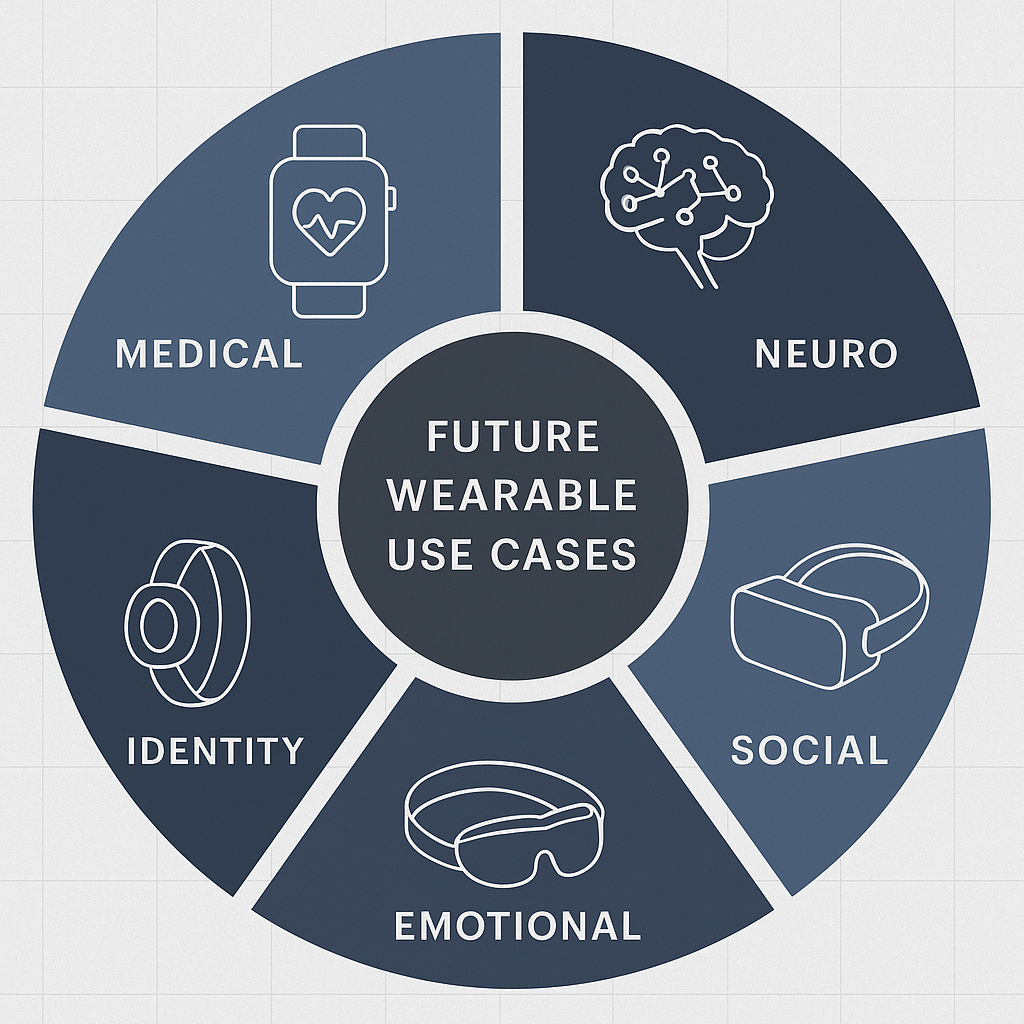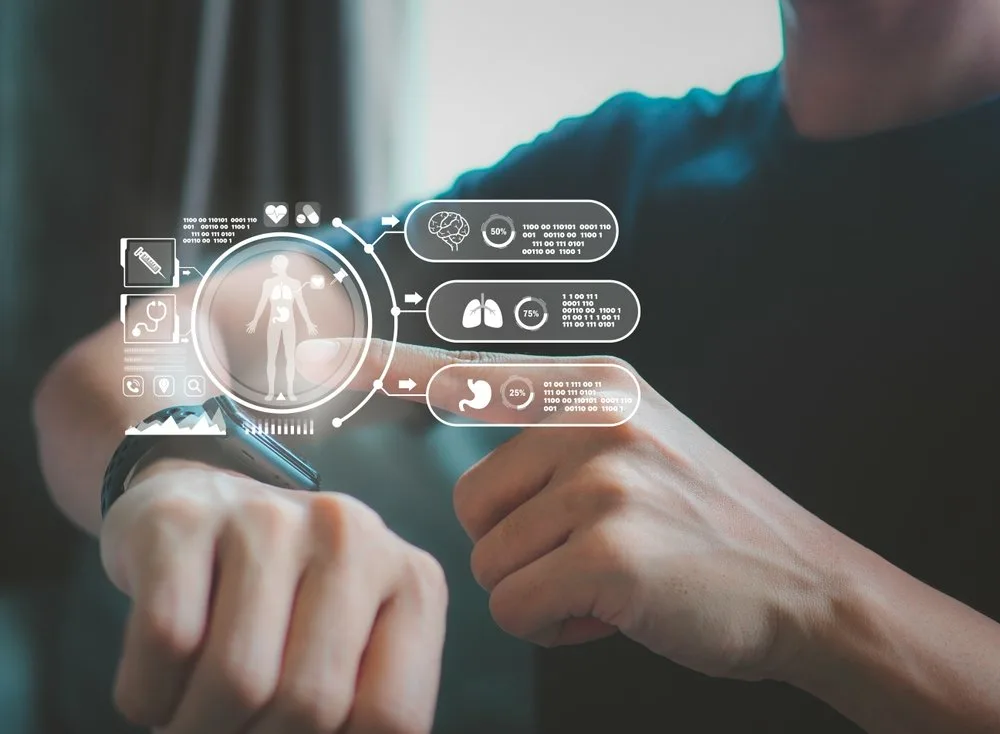When wearable technology first gained mainstream traction, it came in the form of simple fitness bands counting our steps and calories. Fast-forward a decade, and wearables are evolving into powerful personal ecosystems—blending health monitoring, immersive computing, emotional sensing, and even digital identity. The future of wearable tech goes far beyond counting steps; it’s reshaping how we interact with our bodies, environments, and society itself.
From smart contact lenses that monitor blood glucose to brain-computer interfaces that allow you to control devices with thought, wearables are no longer accessories. They are becoming extensions of the self—part digital, part biological, and entirely transformative. But as these technologies grow more intimate and powerful, they raise new questions about data, privacy, ethics, and dependence.
This article explores the next wave of wearable innovation, the forces driving it, and what lies beyond the wrist.
🧬 Phase 1 → Phase 3: The Evolution of Wearables
Wearable technology is evolving through three major stages:
-
Quantify – Tracking external activity (steps, heart rate)
-
Analyze – Interpreting internal signals (sleep, stress, oxygen)
-
Enhance – Intervening in real time (neural input, drug delivery, emotional AI)

🔮 What’s Coming Next?
🧠 Brain-Machine Interfaces (BMIs)
Companies like Neuralink and Synchron are building devices that connect directly to the brain. Applications include:
-
Assisting paralyzed patients
-
Enhancing memory or attention
-
Controlling machines by thought
This marks the shift from monitoring to intervening and augmenting.
🩺 Medical-Grade Wearables
Wearables are moving from wellness gadgets to regulated medical tools:
-
Smart tattoos for continuous glucose monitoring
-
Skin patches for drug delivery
-
AI-enhanced ECGs that predict cardiac events
Hospitals may soon rely on your own wearable data more than in-clinic tests.
🧘 Emotion-Sensing and Mental Health
Next-gen wearables will track mood, stress, and attention using:
-
Skin conductance sensors
-
Heart-rate variability
-
Facial micro-expressions (in AR glasses)
They’ll nudge users toward healthier mental states—or, in commercial hands, optimize ad timing.
⚖️ Ethical Frontiers: When the Body Becomes a Platform
With this intimacy comes profound risk:
-
Privacy: Your biometric data could be sold or hacked.
-
Dependence: Overreliance on wearables may reduce bodily awareness.
-
Consent: Children and vulnerable populations may be “tracked by default.”
-
Equity: Will neuro-enhancement be available only to the wealthy?
Smart regulation and design ethics must evolve alongside the technology.

🧾 Conclusion: From Devices to Digital Organs
The future of wearables isn’t about gadgets—it’s about integration. As devices become smaller, smarter, and more embedded, they will evolve from external accessories into intimate interfaces between biology and technology.
But with great proximity comes great responsibility. The choices we make today—about standards, safeguards, and access—will shape not just what wearables can do, but what kind of human-machine relationship we ultimately want.






